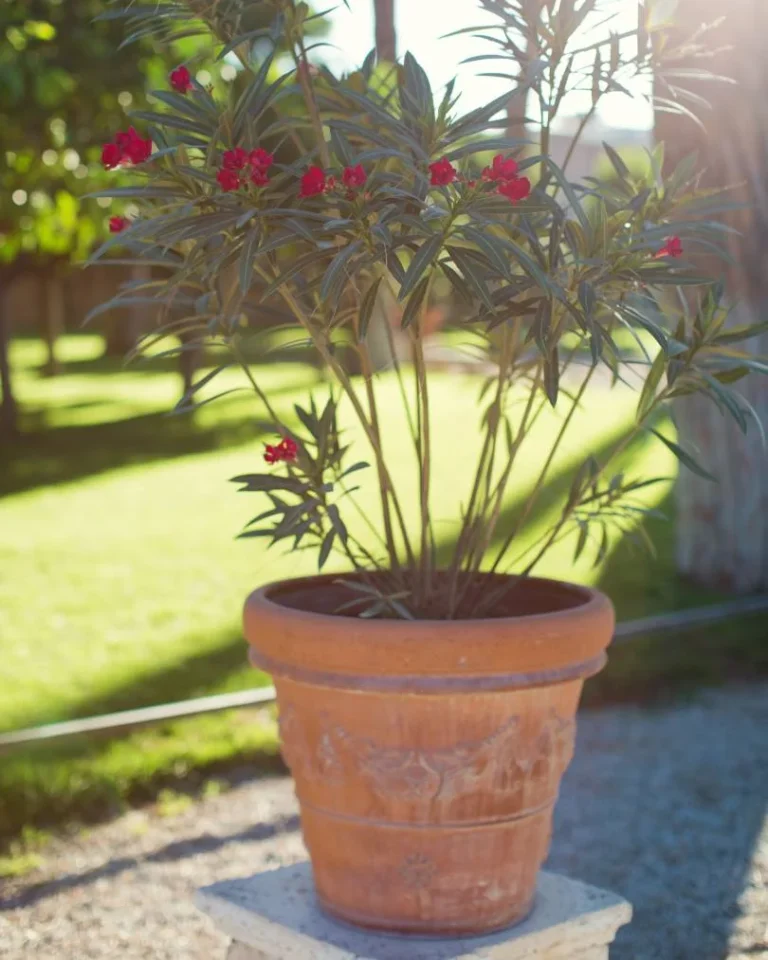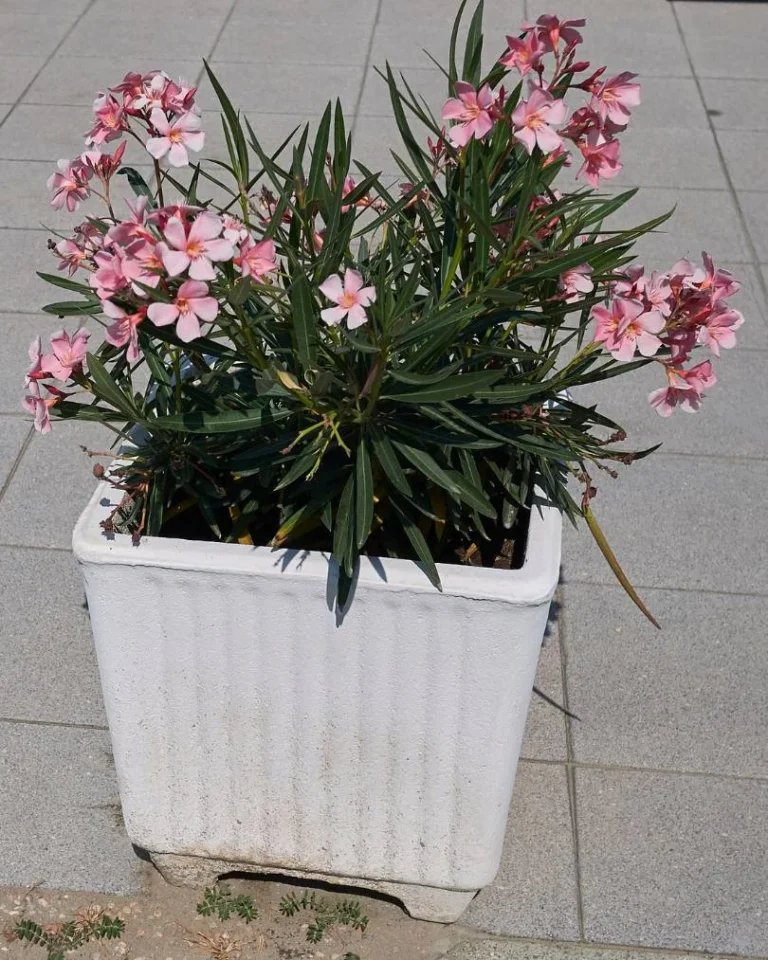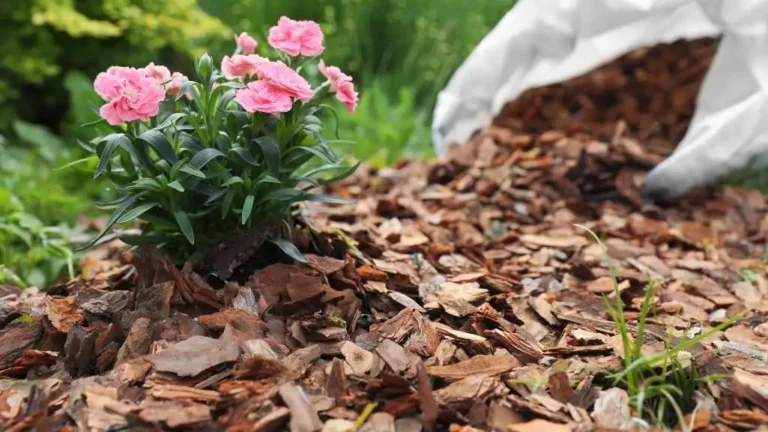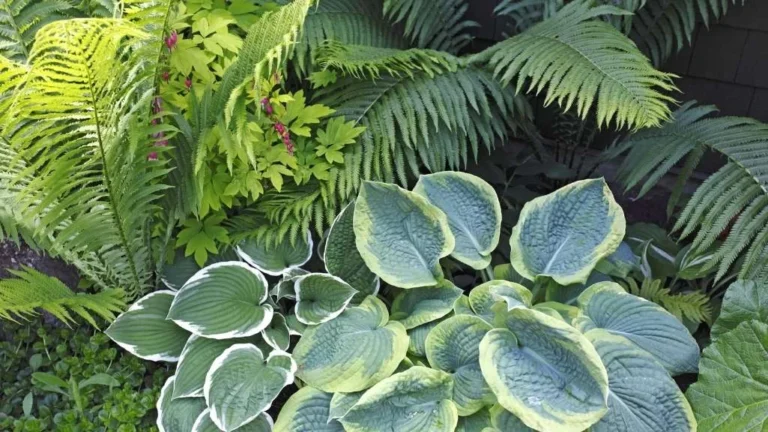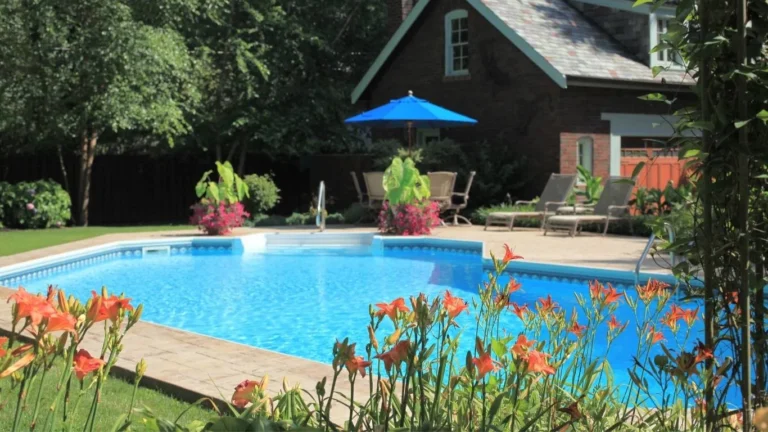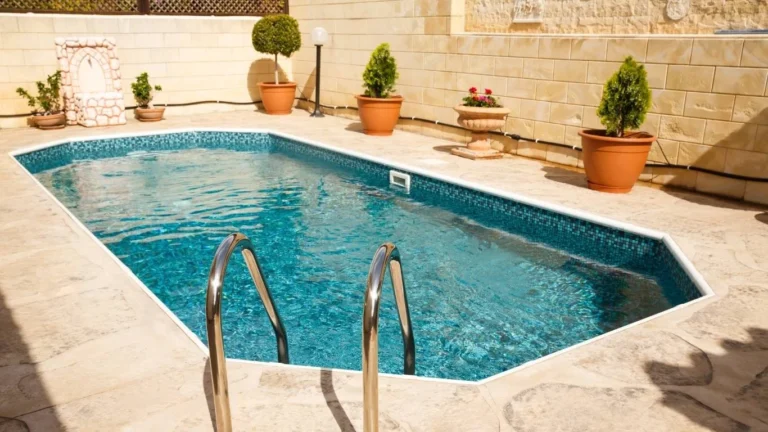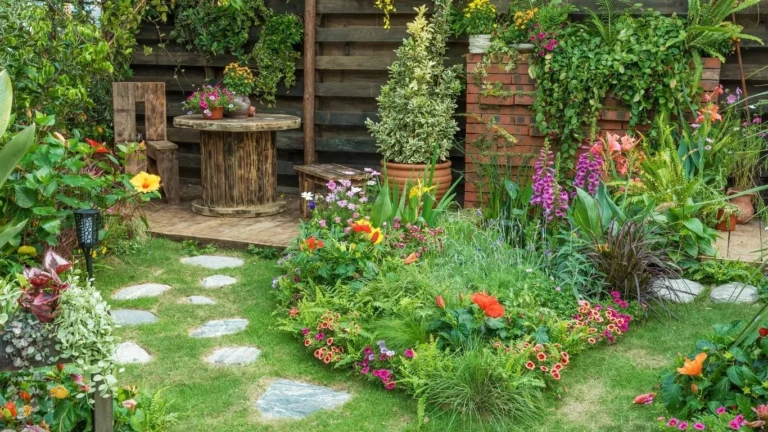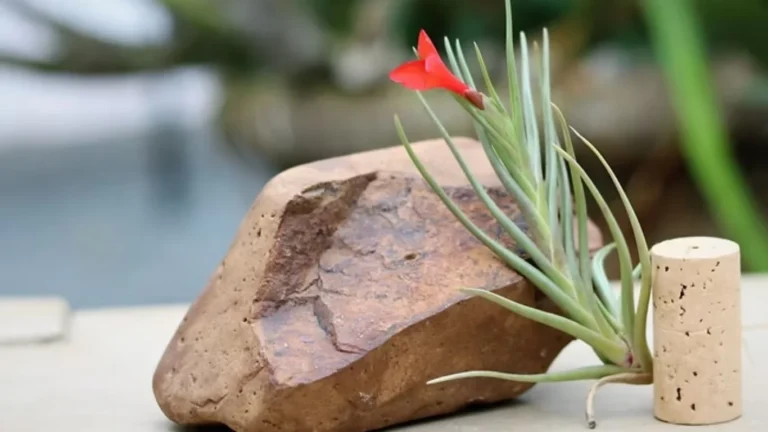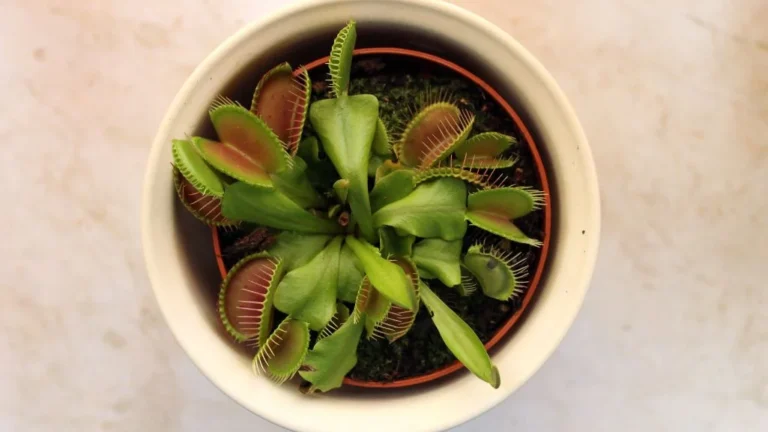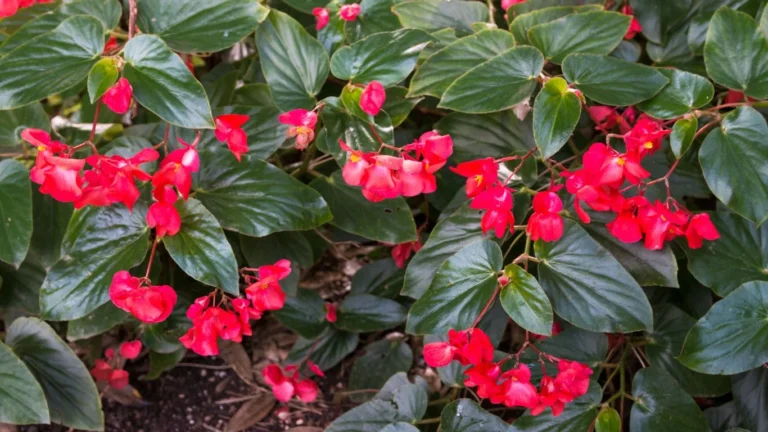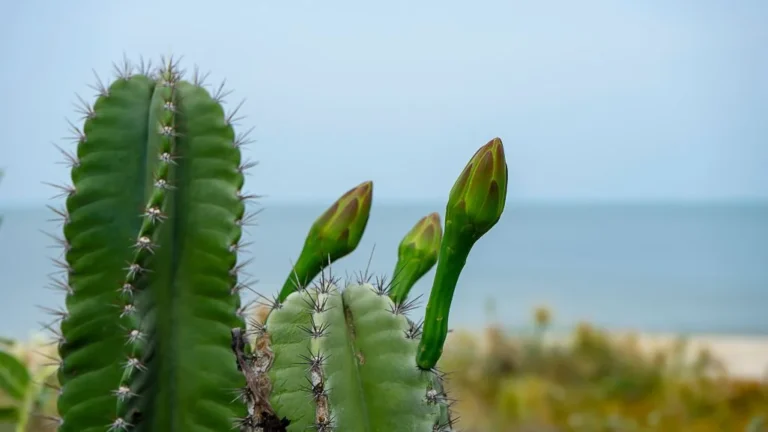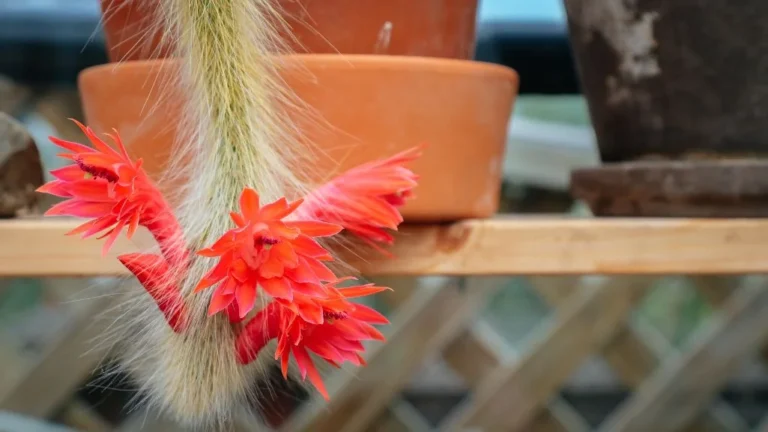If you’re hunting for a low-maintenance shrub that floods your garden with vibrant color, you’ll fall head over heels for the Calypso Oleander plant. With its signature pink blooms appearing almost nonstop through the warm months, this beauty instantly elevates any outdoor space, whether it’s a sun-baked border, a privacy hedge, or even a patio container.
I still remember the first time I spotted the oleander calypso plant in my neighbor’s yard: a wall of glossy, lance-shaped leaves punctuated by clusters of rose-pink flowers that seemed to glow in the afternoon sun. It was love at first sight, and soon, I had one of my own.
Gardeners in zones 8–10 can’t get enough of the calypso oleander plant, and it’s easy to see why: it tolerates heat like a champ, bounces back from dry spells, and barely blinks at full sun. If you dream of a lush, tropical look without endlessly fussing over your plants, this resilient oleander variety deserves a spot in your garden lineup.
What is a Calypso Oleander Plant?
Botanical Name & Common Names
Nerium oleander ‘Calypso’ is the formal name, though most of us call it simply Calypso Oleander or sometimes Calypso Nerium.
Appearance Overview
- Size & Shape: Reaching a neat 4–6 feet tall and wide, it’s perfect for mid-height hedges or as a standalone specimen.
- Foliage: Glossy, dark‑green, lanceolate leaves that form a dense, evergreen backdrop.
- Blooms: Clusters of 5-petaled flowers in a vivid, almost fuchsia‑pink hue, each measuring about 1.5–2 inches across. The blossoms flood the plant from late spring through fall.
Origin & Climate Preference
- Native to the Mediterranean region, oleanders have adapted over centuries to thrive in hot, dry summers and mild winters. ‘Calypso’ continues that hardy lineage, flourishing in USDA zones 8–10 with minimal pampering.
How It Differs from Other Oleander Varieties
- While classic oleanders come in white, red, and pale pink, the Calypso Oleander plant stands out with its particularly rich, raspberry-toned flowers.
- Compared to some larger, sprawling types, ‘Calypso’ maintains a more compact, vase-shaped habit, ideal for smaller gardens or container culture.
Why Gardeners Love the Oleander Calypso Plant
There’s a reason the oleander calypso plant has won the hearts of so many gardeners, especially those living in warm, sunny climates. From my own experience, this plant is a true garden hero, and here’s why:
Long Blooming Season
One of the standout features of the calypso oleander plant is its long-lasting blooms. Unlike many shrubs that flower briefly, this beauty produces vibrant pink flowers continuously from late spring all the way through fall. For months, your garden stays colorful and lively, making it feel like summer never ends.
Low Maintenance
If you’re like me and don’t have hours to spend fussing over plants, you’ll appreciate how easy the oleander calypso plant is to care for. It doesn’t require frequent watering or special fertilizers, and it’s generally resistant to most pests and diseases. Just plant it in a sunny spot, give it occasional pruning, and watch it thrive.
Drought Tolerance
Another major plus is the drought tolerance of the calypso oleander plant. Once established, it can handle dry spells with minimal watering, perfect for gardeners who live in areas with water restrictions or want a more sustainable landscape.
Versatile Use for Hedges or Ornamentals
Whether you want a neat hedge for privacy or a striking focal point in your garden, the oleander calypso plant fits the bill. Its dense foliage and vibrant flowers make it a great choice for borders, screens, or even large containers on patios and decks.
Eye-Catching Pink Flowers
Let’s be honest, the gorgeous pink blooms are the showstopper. They’re bright, bold, and effortlessly beautiful, adding a splash of color that catches every eye. Whenever I have guests, the calypso oleander plant often becomes a conversation starter thanks to its unique, rich pink petals.
Where and How to Grow Calypso Oleander
Growing the calypso oleander plant successfully starts with knowing where it thrives best and how to care for it in those conditions. Whether you’re planting in the ground or a container, these tips will help your oleander calypso plant flourish.
Best USDA Zones
The oleander calypso plant loves warm climates and does best in USDA hardiness zones 8 through 10. If you live in these zones, you’re in luck. This plant thrives in the heat and tolerates mild winters. In colder areas, it’s better grown in containers that can be moved indoors during winter.
Full Sun Requirements
One thing I’ve learned growing the calypso oleander plant is that it really shines in full sun. For the best flower production and healthy growth, aim to give it at least 6 hours of direct sunlight daily. Shade can stunt its bloom power and make it leggy.
Soil Preferences
This plant isn’t picky about soil but prefers well-draining soil to avoid root rot. Whether your soil is sandy, loamy, or even slightly clayey, as long as water doesn’t pool around the roots, your oleander calypso plant will be happy. Adding some organic matter or compost can boost growth and flowering.
Container vs. Ground Planting
The calypso oleander plant adapts well to both garden beds and containers. Planting it in the ground allows it to spread out and reach its full size (usually 4 to 6 feet tall and wide).
However, growing it in pots is a great option for patios, balconies, or colder climates where you need to protect it from frost. Just make sure your container has good drainage and is large enough to accommodate the roots as the plant grows.
Growth Rate
If you’re excited to see your oleander calypso plant fill out your garden, you’ll be happy to know it grows at a moderate pace, typically putting on 12 to 18 inches of growth per year. This means you won’t have to wait too long for those stunning pink flowers to make an impact.
Watering & Fertilizing Needs for the Oleander Calypso Plant
Taking care of the calypso oleander plant is surprisingly simple when it comes to watering and feeding, two key factors to keep those gorgeous pink blooms thriving.
Watering Schedule for New and Established Plants
When you first plant your oleander calypso plant, it’s important to keep the soil consistently moist to help the roots settle in. During the first few weeks, I watered mine every 2 to 3 days, especially in hot weather. Once established (usually after the first growing season), this plant becomes quite drought-tolerant and only needs watering every 7 to 10 days, depending on rainfall and temperature.
Tips on Drought Resistance
One of the best things about the calypso oleander plant is its natural drought resistance. After the roots are well-established, it can handle dry spells without showing stress. Still, if you want those pink flowers to really shine, a deep watering during prolonged dry periods works wonders. Just avoid overwatering, as soggy soil can lead to root problems.
Fertilizer Type and Timing
Feeding your calypso oleander plant is straightforward. Use a balanced, slow-release fertilizer formulated for flowering shrubs in early spring to encourage robust growth and blooming. I like to apply a second round of fertilizer mid-summer to keep the blooms coming strong. Avoid high-nitrogen fertilizers, as they can promote too much leaf growth at the expense of flowers.
Pruning and Maintenance Tips for the Calypso Oleander Plant
To keep your calypso oleander plant looking its best and blooming abundantly, a little pruning and seasonal care go a long way. Here’s what I’ve learned to keep my oleander calypso plant thriving year after year.
When and How to Prune
The best time to prune the oleander calypso plant is in late winter or early spring, just before new growth begins. This timing helps the plant recover quickly and encourages vigorous flowering. When pruning, use clean, sharp shears to cut back any dead, damaged, or crossing branches. You can also trim back about one-third of the plant’s height to maintain a tidy shape without stressing it.
Shape Control and Encouraging More Blooms
I like to lightly prune my oleander calypso plant throughout the growing season to keep it compact and encourage denser foliage, which leads to more flowers. Removing spent blooms (deadheading) isn’t necessary, but it can improve the plant’s appearance. Just avoid cutting into old, woody stems, as oleanders bloom mostly on new growth.
Seasonal Maintenance
Besides pruning, routine maintenance includes checking for pests like aphids or scale insects, though the calypso oleander plant is generally pest-resistant. In colder zones, if grown in containers, protect your plant from frost by moving it indoors or to a sheltered spot during winter. Otherwise, a little mulch around the base in late fall helps insulate roots and conserve moisture.
Pests, Problems & Toxicity Warning for the Oleander Calypso Plant
While the oleander calypso plant is generally hardy and low-maintenance, it’s important to be aware of a few common pests and safety considerations to keep your garden safe and healthy.
Common Pests
The calypso oleander plant can occasionally attract pests like aphids and scale insects. These tiny critters may cluster on new growth and leaves, causing some damage if left unchecked. From my experience, a simple spray of insecticidal soap or neem oil usually keeps these pests under control without harming the plant.
Toxicity to Pets and Humans
One crucial fact every gardener should know: the oleander calypso plant is highly toxic if ingested by humans, pets, or livestock. All parts of the plant contain compounds that can cause serious health issues, including nausea, vomiting, and even heart problems. Because of this, I always recommend planting the calypso oleander plant in areas away from curious children or pets who might chew on leaves or flowers.
To learn more about plant toxicity and pet safety, check out the ASPCA’s list of toxic and non-toxic plants.
Safety Handling Tips
When pruning or handling the calypso oleander plant, it’s a good idea to wear gloves and wash your hands afterward to avoid skin irritation. Never burn oleander clippings, as the smoke can be toxic. Taking these precautions helps you enjoy the beauty of the plant safely and worry-free.
Landscaping Ideas with Oleander Calypso
The oleander calypso plant is a versatile and eye-catching addition to many garden styles. If you’re thinking about using the calypso oleander plant to elevate your outdoor space, here are some ideas that worked well for me and many gardeners alike.
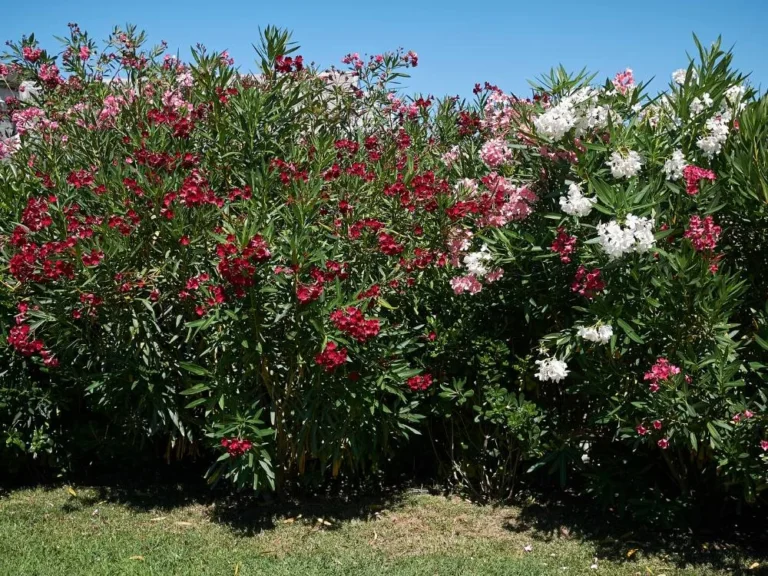
Picture: Simona flamigni/ Getty Images
Great for Borders, Privacy Screens, or Focal Points
Thanks to its dense foliage and vibrant pink flowers, the calypso oleander plant makes a beautiful border or hedge. Planting a row creates a natural privacy screen that blocks unwanted views and adds colour. It also works wonderfully as a standalone focal point. Imagine a cluster of these striking shrubs brightening up your garden corner or framing a patio.
Perfect for Coastal or Dry Regions
One of the reasons the oleander calypso plant is so popular is its tolerance to salty air and dry conditions. If you live near the coast or in an area with dry summers, this plant thrives where many others struggle. Its drought resistance makes it a sustainable choice for low-water landscapes without sacrificing beauty.
Pairing Ideas with Other Plants
To create a stunning garden, I like to pair the calypso oleander plant with other drought-tolerant species like lavender, rosemary, or ornamental grasses. The soft textures and muted greens of these companions contrast beautifully with the bold pink blooms of the calypso oleander plant, creating a balanced and inviting garden design.
Growing Calypso Oleander in Pots
If you don’t have a garden bed or live in a cooler climate, growing the calypso oleander plant in pots is a fantastic option. Here’s how to make sure your potted oleander calypso plant stays healthy and vibrant.
Container Size
Choose a pot that is at least 12 to 16 inches in diameter with good depth to allow the roots plenty of room to grow. As your calypso oleander plant matures, you may need to repot it into a larger container to prevent root crowding and maintain healthy growth.
Soil Mix and Drainage
A well-draining soil mix is essential for potted oleander calypso plants to avoid waterlogged roots. I recommend using a mix of high-quality potting soil combined with sand or perlite to improve drainage. Also, ensure your pot has drainage holes at the bottom to prevent standing water, which can lead to root rot.
Frequently Asked Questions
Is the Calypso Oleander Plant Toxic to Pets?
Yes, the calypso oleander plant is highly toxic to pets and humans if ingested. All parts of the plant contain toxic compounds that can cause serious health issues. Always keep it out of reach of curious pets and children, and handle it with care.
How Tall Does the Oleander Calypso Plant Grow?
Typically, the oleander calypso plant grows to about 4 to 6 feet tall and wide when planted in the ground. In pots, it may stay a bit smaller depending on the container size and care.
Can I Grow the Calypso Oleander Plant Indoors?
While it’s possible to grow the calypso oleander plant indoors, it requires bright, direct sunlight, ideally near a south-facing window, and good air circulation. It’s usually better suited for outdoor gardens or patios, but can be brought indoors temporarily in colder climates.
Why Isn’t the Calypso Oleander Plant Tagged with a Warning?
Many nurseries and sellers may not prominently tag the calypso oleander plant with toxicity warnings, but it’s important for gardeners to be aware that all oleanders, including the Calypso variety, are toxic. Always research and handle with caution.
How Do You Grow a Calypso Oleander Plant?
To grow the calypso oleander plant, choose a sunny location with well-draining soil or a suitable container with drainage. Water regularly during the establishment phase, then reduce watering as it becomes drought-tolerant. Feed with a balanced fertilizer in spring and summer, prune annually, and watch those bright pink flowers bloom.
Indoor vs. Outdoor Placement
While the calypso oleander plant prefers full sun and warm outdoor conditions, it can be kept indoors during colder months if you live outside its ideal USDA zones. Place it near a south-facing window for maximum light. When outdoors, find a sunny spot that receives at least 6 hours of direct sunlight daily to keep your oleander calypso plant blooming and healthy.
The calypso oleander plant is truly a standout choice for gardeners seeking a vibrant, low-maintenance shrub with eye-catching pink blooms. Whether you call it the oleander calypso plant or the Calypso variety, its long blooming season, drought tolerance, and versatility make it a favorite in warm climates and coastal regions alike.
From my own experience, this plant is a true garden hero, offering both beauty and durability, qualities that make it one of the best plants around pool environments. It also works wonderfully in containers, earning it a spot among the best outdoor potted plants around pool for a stylish and low-maintenance setup.
As a final tip, always remember that while the calypso oleander plant brings stunning color to your landscape, it is also highly toxic. Handle it with care, keep it away from children and pets, and enjoy its beauty safely.
If you’re looking to add a splash of color and easy-care charm to your garden, the calypso oleander plant is definitely worth trying. Its stunning flowers and hardy nature make it a rewarding addition that brightens any outdoor space.

